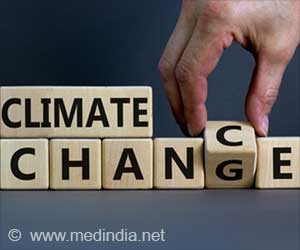A new report highlights the importance of working with local communities to understand social and cultural contexts and to co-design workable and realistic solutions to reduce air pollution.

Every day around 93 per cent of the world’s children under 19 years breathe air that is so polluted, it puts their health and development at risk. In 2019, air pollution contributed to nearly 500,000 deaths among infants in their first month of life.
Report authors investigated the huge impact the unregulated burning of plastic waste has on air pollution and identified open burning of waste, including plastic waste as a significant source of air pollution in cities in less developed countries.
Plastic waste is often utilized to supplement fuel on open fires used for cooking, heating and lighting homes in informal settlements in the global south. This results in high exposures to air pollution in children, both outdoors and indoors.
They also used art-based methods in the Sustainable Transitions to End Plastic Pollution (STEPP) project, collaborating with community and environmental organisations in Kenya and Bangladesh to explore and initiate solutions to plastic waste.
STEPP outputs include a documentary, music video and a mural, all created with artists and musicians from the Mukuru Youth Initiative to educate the local community on reducing plastic pollution.
Advertisement
It is important to have meaningful consultations with stakeholders, working with individuals and communities who are affected, and building capacity within communities to identify, understand and help to create solutions.
Advertisement
An integrated approach to action is needed, involving collaboration with community members, planners and policymakers.
Source-Medindia









